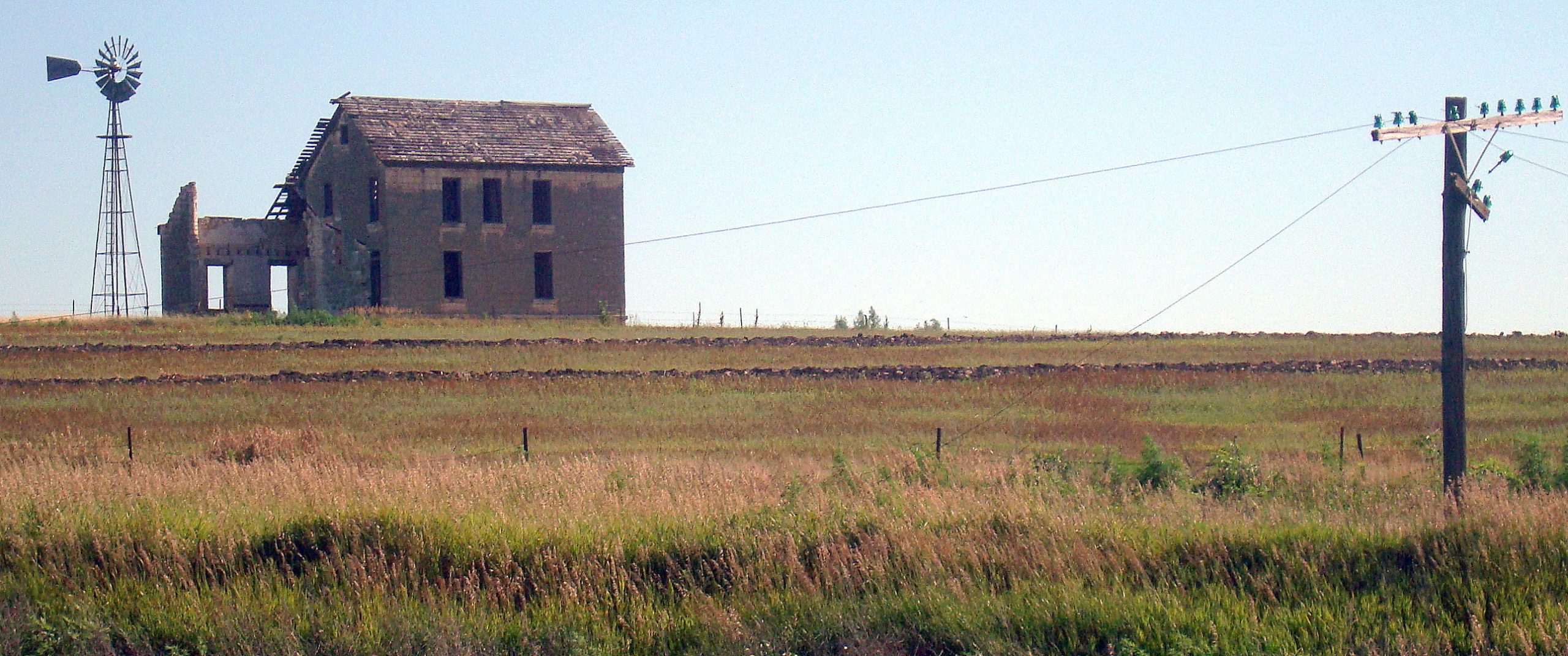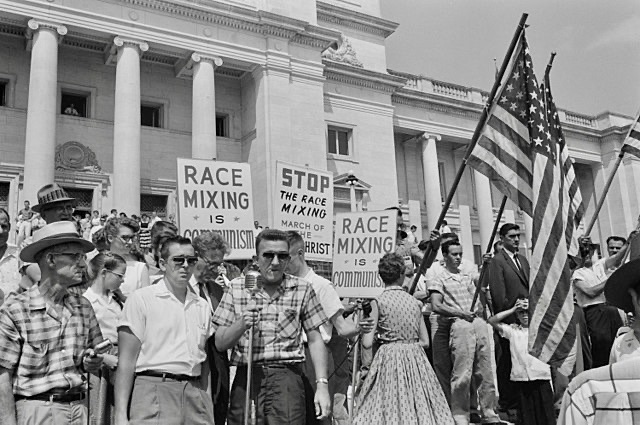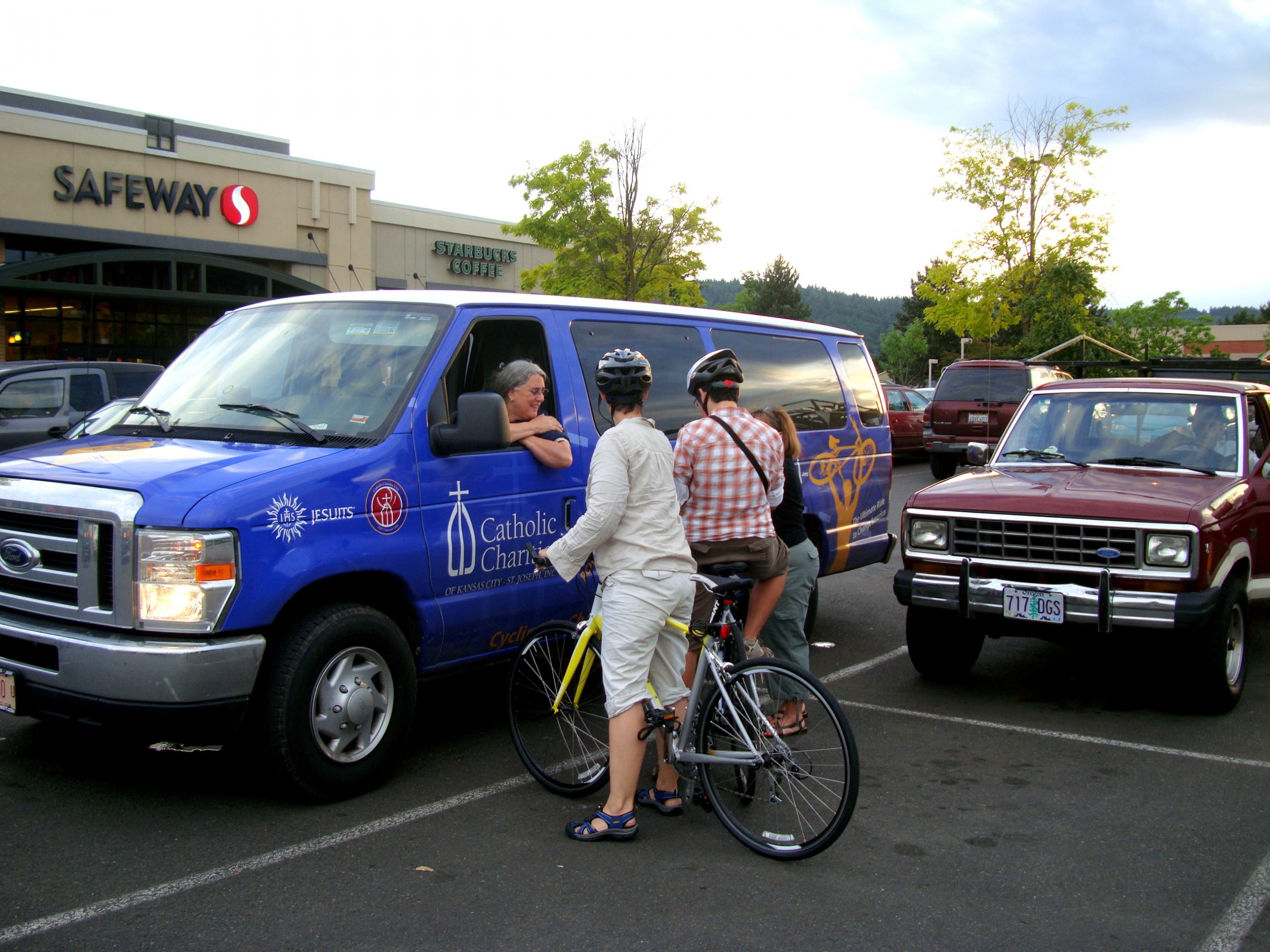The Great River, Old Man River, The Mighty Mississippi… At 2,202 miles from its source at Lake Itasca, Minnesota to the Gulf of Mexico, it is the second longest river in North America. The Missouri, deemed a “tributary” that discharges into the Mississippi at St. Louis, is the longest at 2,341 miles. The Missouri/Mississippi system ranks as the 4th longest river in the world after the Nile, Amazon, and Yangtze. While deemed “mighty” in its length and breadth, its average discharge is only one-twelfth that of the Amazon River in South America.

Cycling for Change had reached the Mississippi at St. Louis on July 25th. After a “rest day” we turned south and loosely followed the course of the middle and lower Mississippi to New Orleans.

With the St. Louis Arch looming over our shoulders we navigated our exit of the urban sprawl into the river lowlands and rich bottom lands of Missouri, Illinois, Kentucky, and Tennessee. I and segment rider Ben Harring made a brief afternoon foray into Arkansas on August 2nd which was otherwise a “rest day” in Memphis.

Six riding days to Memphis, 400 miles, an average of nearly 70 miles a day. The cool dry air of the western mountain states was a distant memory. The order of the days had become pre-dawn starts to beat the heat. Unfortunately, the morning air was dense with humidity that condensed like rain on our bikes, clothes, and goggles in those early hours. Humidity was the lesser of the two evils which by late morning gave way fully to the heat.

St. Louis to St. Genevieve, Missouri…


St. Genevieve to Cape Girardeau, Missouri where a bike mechanic at Cape Bicycle rescued me from the near disaster of a frayed cable that had tangled and wound within the precision mechanism of my shifter. He worked hours after closing time, refusing to give up on the bicycle disabling and potentially ride-ending mechanical failure. Eventually successful, he then declined payment for the hours of his labor.


Cape Girardeau, Missouri, through Illinois, a crossing of the Ohio River near Cairo, Illinois and on to Hickman, Kentucky…




Hickman, Kentucky to Dyersburg, Tennessee…



Dyersburg to Covington, Tennessee…


…and finally

Covington into Memphis, Tennessee where the early Sunday morning streets, including the iconic Beale Street of Blues music fame, were barely waking to the day.



Along the way we enjoyed brief moments of notoriety as a local radio station in Cape Girardeau began interrupting its broadcasts to report on our mile-by-mile progress through its listening area. One dedicated listener left her home and waited in a convenience store parking lot hoping to see us. She waved us down and was thrilled to join with us for a photo-op and autographs.

Breakfast diners in Hickman Kentucky similarly found fascination in our exploits.

Matt gave a television interview upon our arrival at Christian Brother’s University in Memphis…

…and even Memphis’ Mayor, the Honorable A.C. Wharton, Jr., headlined a “meet and greet” event in our honor.


The “rest day” in Memphis provided us with the opportunity to do a bit of individual sightseeing. For my part that included the National Civil Rights Museum, a complex of buildings that include the Lorraine Motel, site of the April 4, 1968 assassination of Martin Luther King, Jr., and the Young and Morrow Building where James Earl Ray had lain in wait to gun down the civil rights icon.


As sobering as it was to view the balcony where Dr. King was slain, it was all the more so to eye it from the room and window where Ray aimed and fired the fateful shot.

Outside of the Lorrain Motel I was drawn to the curious sight of a middle aged Black woman standing at a table. It was apparent that it was some kind of one woman protest.

Jacqueline Smith was the last resident of the Lorraine Motel. She had lived there since 1973 while working there as a housekeeper. When the motel closed in 1988 she and all of her belongings were evicted. From that day forward she mounted a single voice protest against the gentrification that had “stolen” her beloved neighborhood from those who Dr. King most loved. As of my visit in 2010 she had been a continuous presence at that corner for 22 years. Her protest continues to this day, more than 32 years after it began. Below is my 2010 reflection of meeting Ms. Smith.
Next: To New Orleans, “The Big Easy.”
Peace Everyone. Pete
August, 2, 2010. Sometimes It Is Not So Simple
Today is the scheduled departure of Ben from our group. Ben joined us as a segment rider in Atchison, Kansas, and has ridden nearly 800 miles with us across Missouri, Illinois, Kentucky, and into Memphis, Tennessee. Ben is the youngest (23 years old) rider, and the thinness of his profile suggests that a strong wind would take him and his bicycle skyward. His steady temperament and strong legs quickly made him “one of us”.
Last night Ben asked if I would be willing to ride this morning across the Mississippi River to Arkansas. Even though this is a non-riding day, with a series of Cycling for Change events scheduled in the afternoon, it seemed a fitting way to enjoy one last ride with Ben. He and I were off at 6:30 am. The temperature was already in the mid 80’s, as was the humidity. We navigated a decidedly bicycle “unfriendly” route through industrial Memphis, crossing the Mississippi River on the abandoned (apparently) sidewalk of the I-55 bridge, which seemed paved with broken beer bottles. We ignored a few “keep out” signs on the west river levees, and after hazarding a gravel farm road arrived at a truckstop in West Memphis, Arkansas.

We enjoyed breakfast and the good humor of two waitresses, who knew how to make a couple of spandex clad cyclists blush: “You boys are REAL bikers… we know where your motors are!!”. With breakfast concluded we reversed course, returning to Tennessee. Ben asked if we could detour to see the National Civil Rights Museum in Memphis. A quick check of the map confirmed that it would only take us a few miles off our route.
The National Civil Rights Museum is the restored Lorraine Motel, sight of the slaying of the Reverend Martin Luther King, Jr., by James Earl Ray, on April 4, 1968. I have memories of the black and white television and newspaper images of black men standing over Dr. King on the motel balcony, pointing in the direction of the shot that had struck him down. As Ben and I turned onto Mulberry Street we saw the Lorraine. There was the balcony with a large white wreath marking the place of tragedy. What surprised me were the bright colors of the motel and marquis; aquamarine, red, yellow… cheerfully “retro” like a 1960’s hamburger stand. However, the Lorraine was merely being true to the day that Dr. King was assassinated.
We rode forward intending to take a few pictures, but on the opposite side of the street was an old table, a folded and faded beach umbrella, and amateur painted signs which proclaimed in large letters, “Boycott the $10 million dollar James Earl Ray Memorial”, and “22 years, 199 days”.
We adjusted our course to get closer to the site of the apparent protest. Jacqueline Smith, a slight built but attractive middle aged black woman was at the table unpacking some pictures and papers. Frankly, I had expected some kind of white supremacist to be the engine of protest, not this woman of color. She greeted us, cheerfully asking where we had bicycled from. We enjoyed a brief social exchange about riding and the weather while she organized pictures of Martin Luther King and an assortment of memorabilia. I pointed to her signs and asked the simple question, “Why”?…
Ms. Smith, in a manner that betrayed years of practiced delivery, explained that she was the last resident of the Lorraine Motel. Pointing across the street she said that it had been her home. She gestured around us and added that this had been her neighborhood. This was where her family and friends once lived. When the Lorraine was converted into a Memorial, she lost her home. When the surrounding streets became “gentrified” as the focal point of the Memorial she lost her friends and she lost her neighborhood. Jacqueline Smith lamented that the neighborhood was now populated by centers of entertainment, dining, and million dollar residences. It was no longer a place for her people or the people that Dr. King loved and worked to benefit. “Dr. King preached that he tried to be right, he tried to feed the hungry, he tried to cloth the naked, he tried to love and serve humanity”. “There is nothing in what they have done to the Lorraine and my neighborhood that is a tribute to what Dr. King stood for.” Jacqueline Smith has stood on that corner every day to deliver her message. She is the lone counterpoint of the National Civil Rights Museum and has been so for 22 years and 199 days.
Ms. Smith and I talked for about 20 minutes. I admitted that I planned on returning to tour the Museum later that day. I thanked her for giving me another perspective. I also promised her that I would share the experience of meeting her.
It seems so simple that the site of the slaying of Dr. Martin Luther King, Jr. should be dedicated to his memory and his work… until the simplicity is complicated by the reflection that the work of Dr. King was not the erection of monuments and memorials… his work was feeding the hungry, clothing the naked, housing the homeless, serving humanity. Sometimes it is just not as simple as it seems.
If you would like to visit Ms. Smith’s website, it is www.fulfillthedream.net
Peter Schloss
















































































